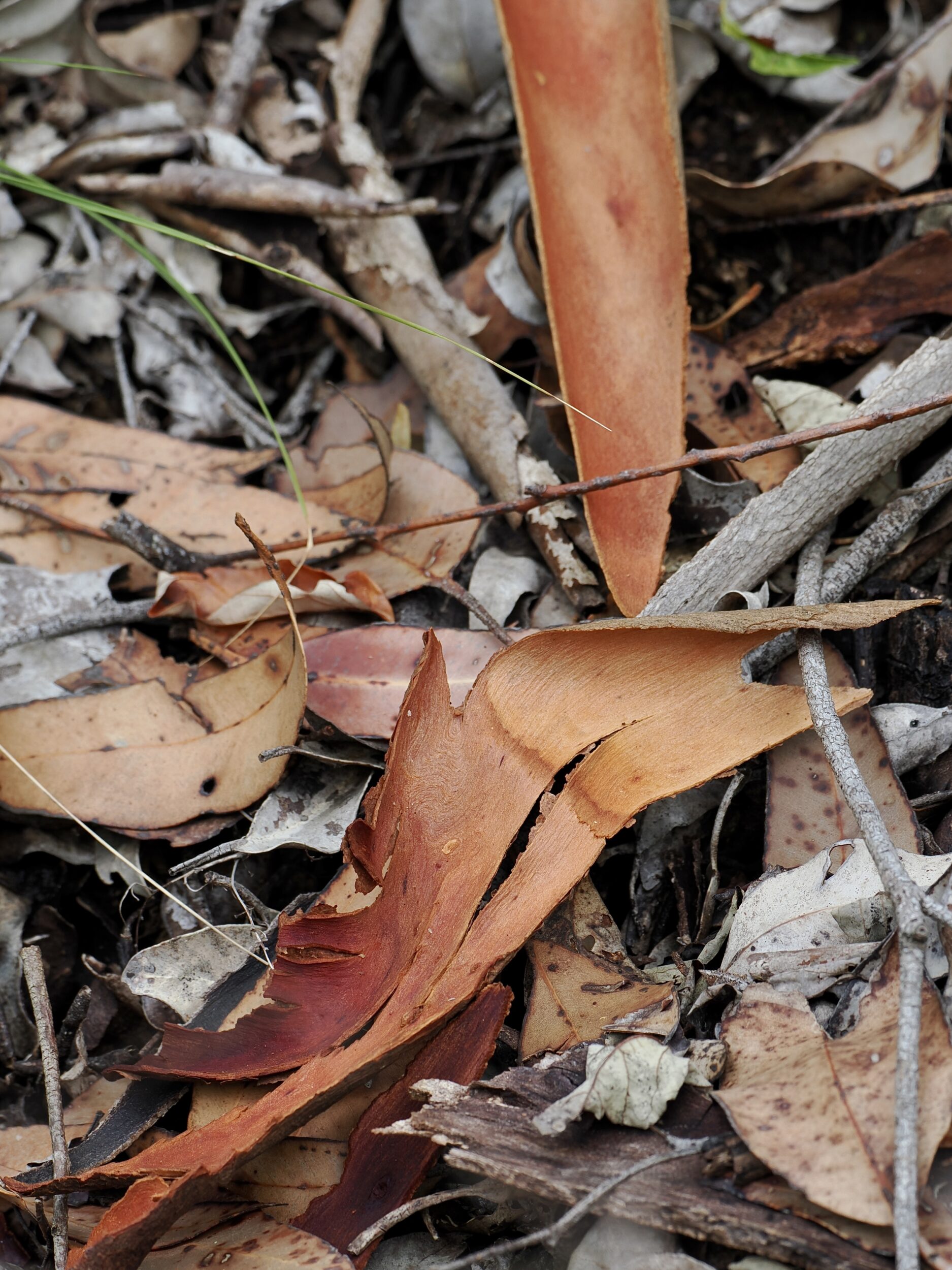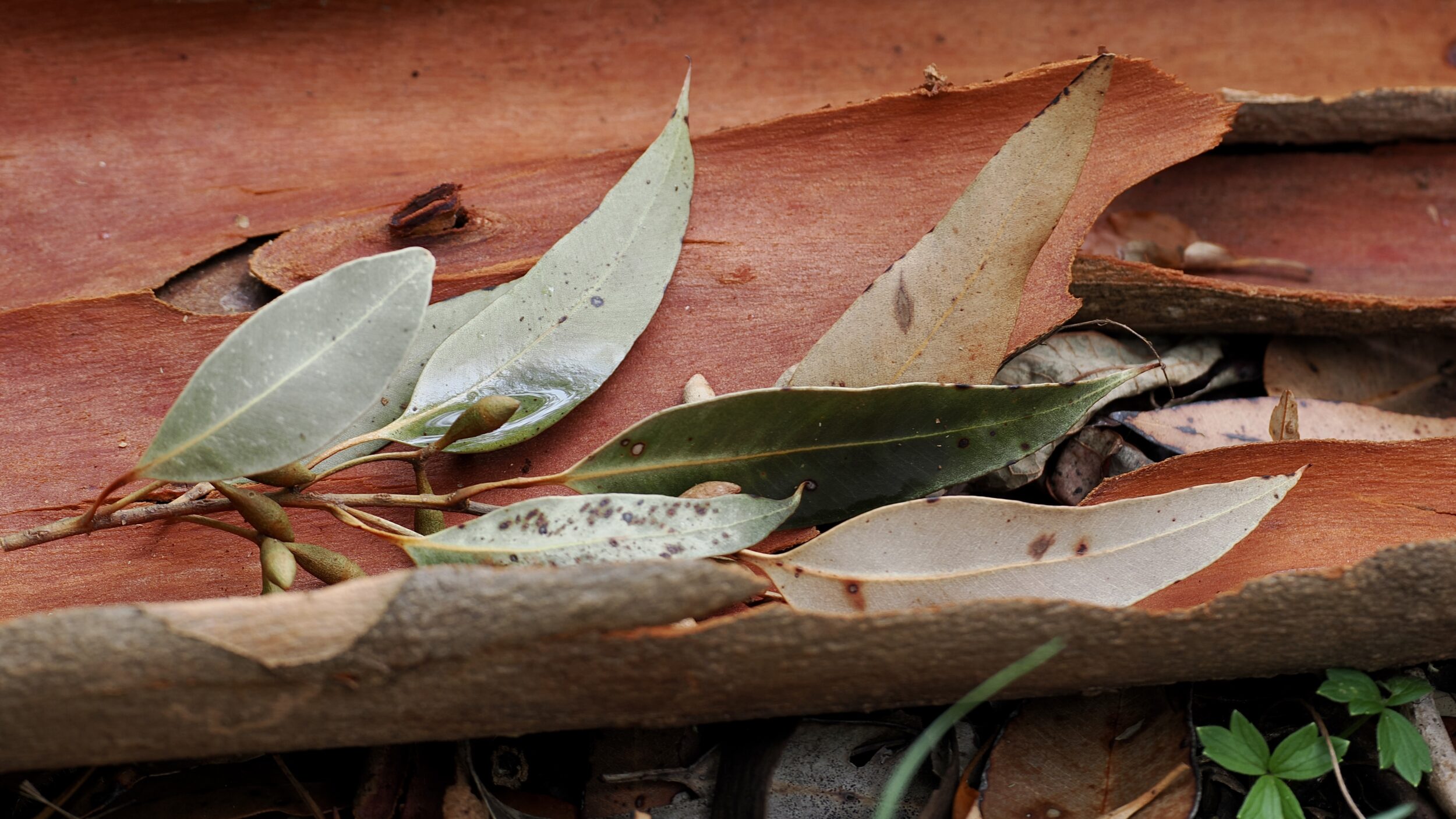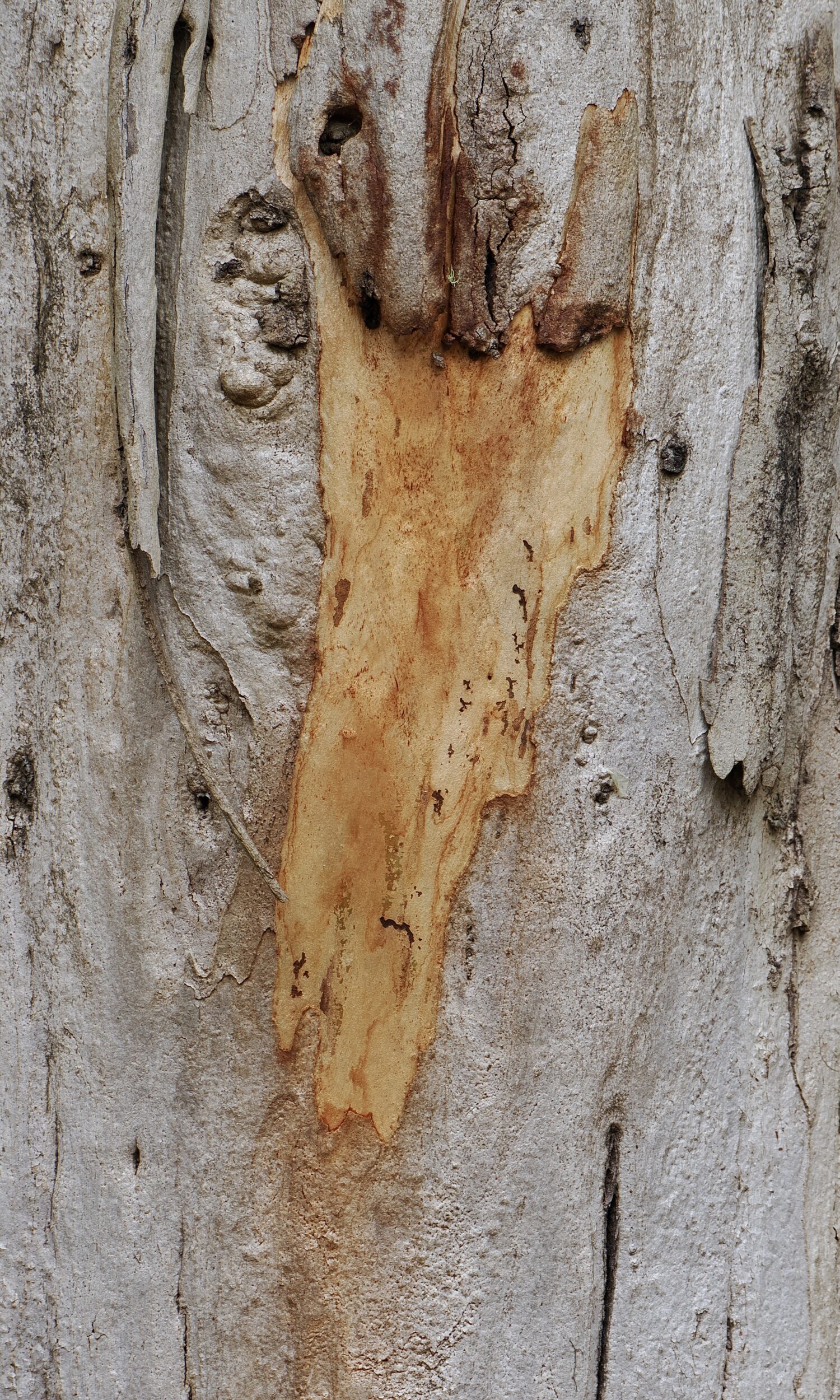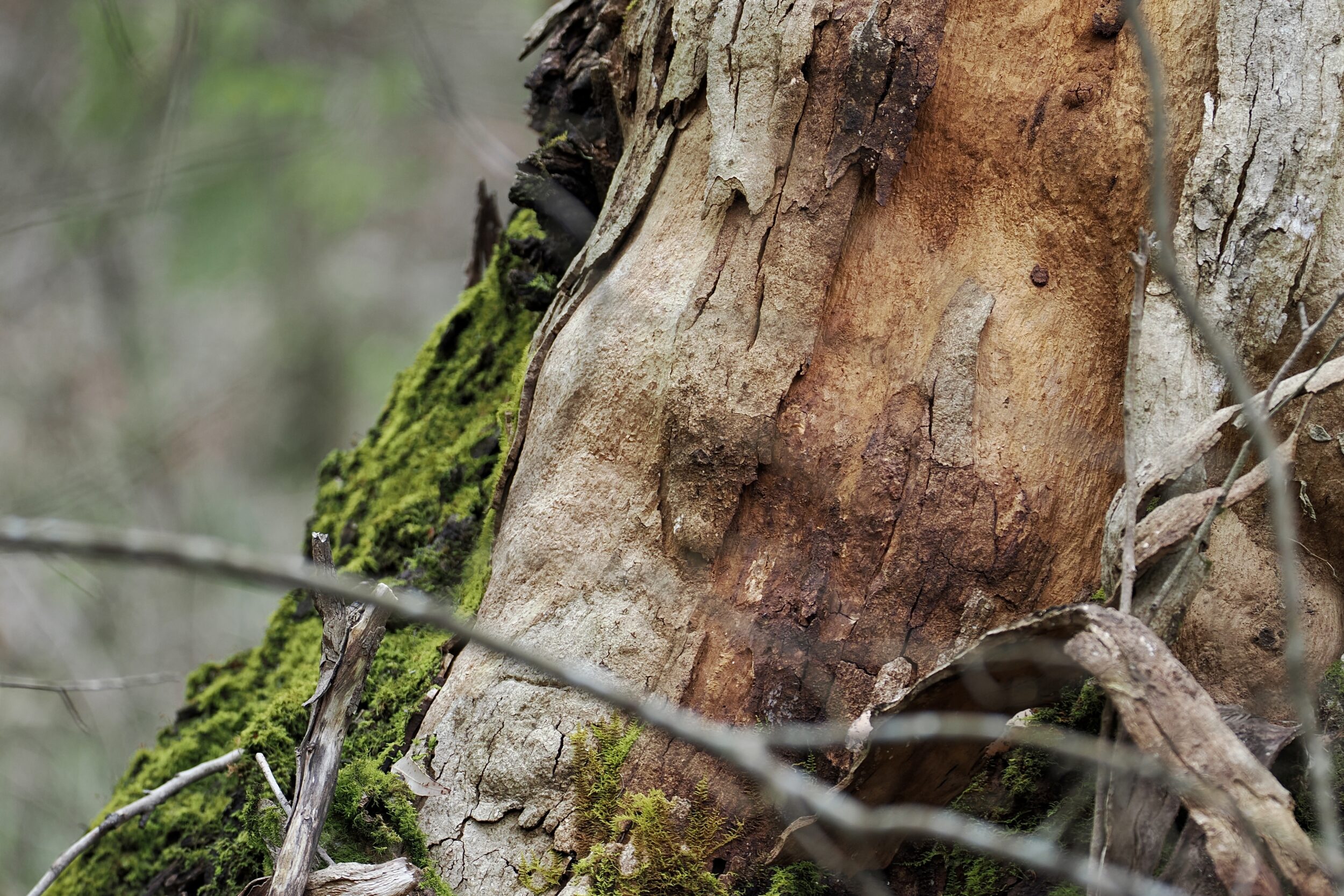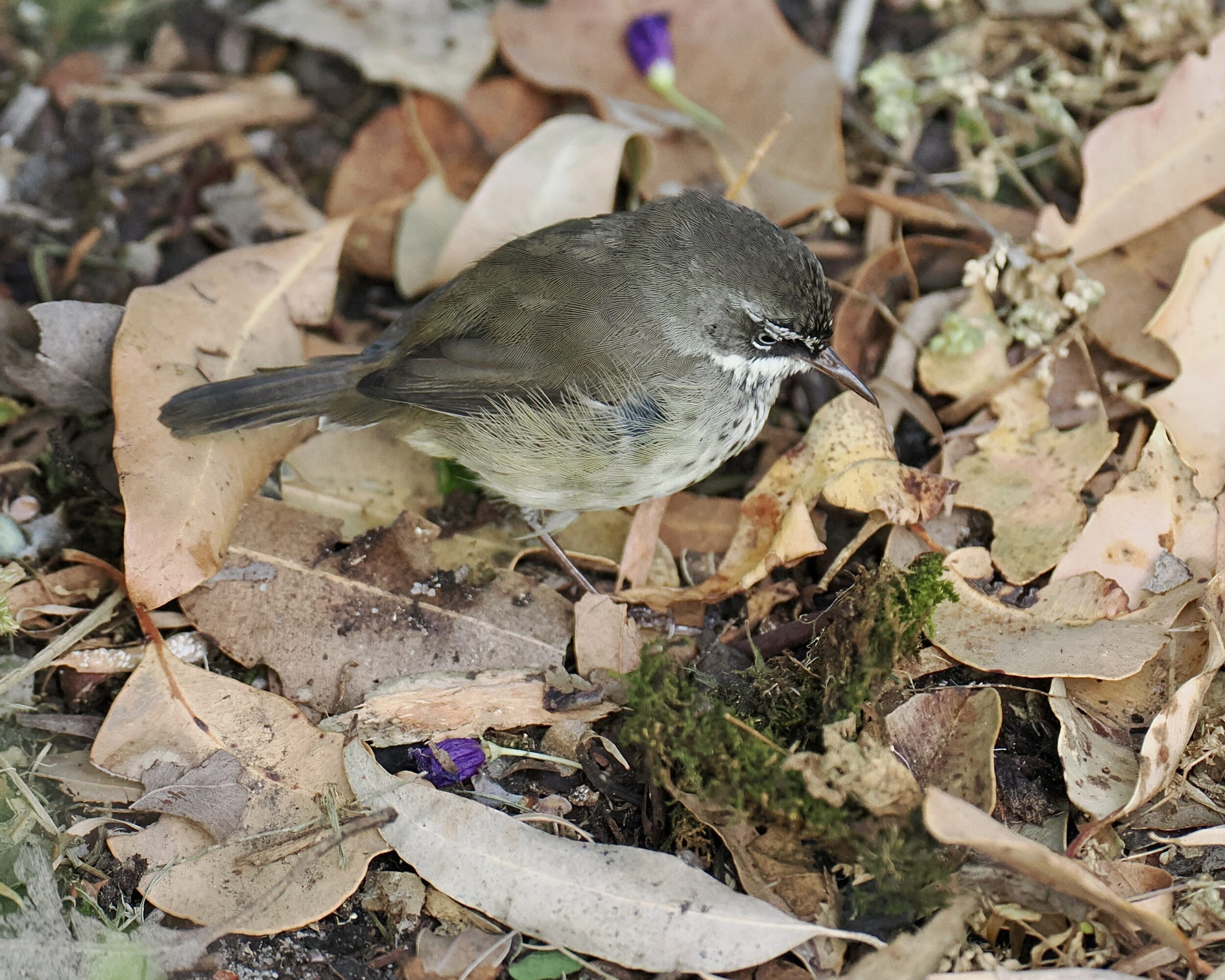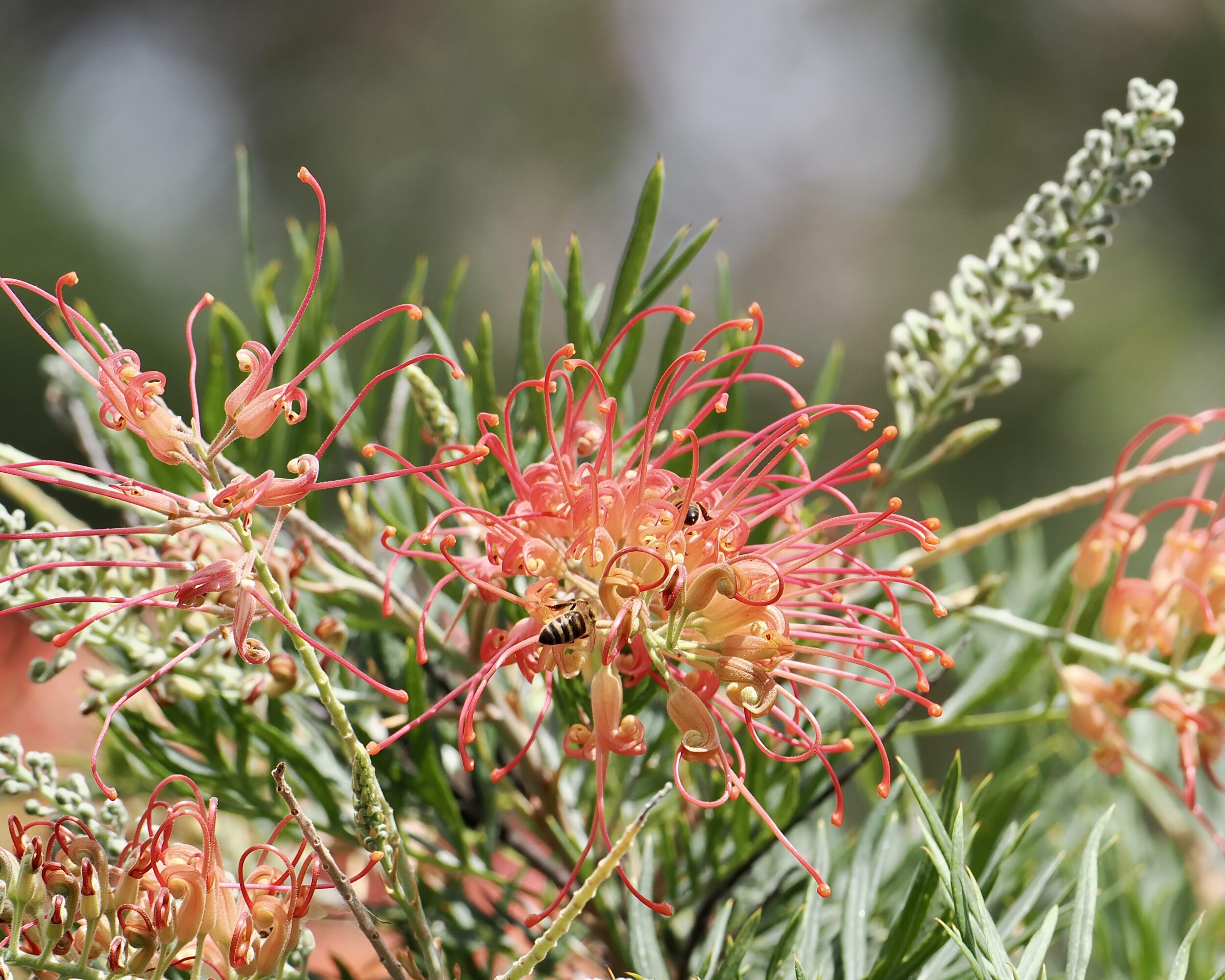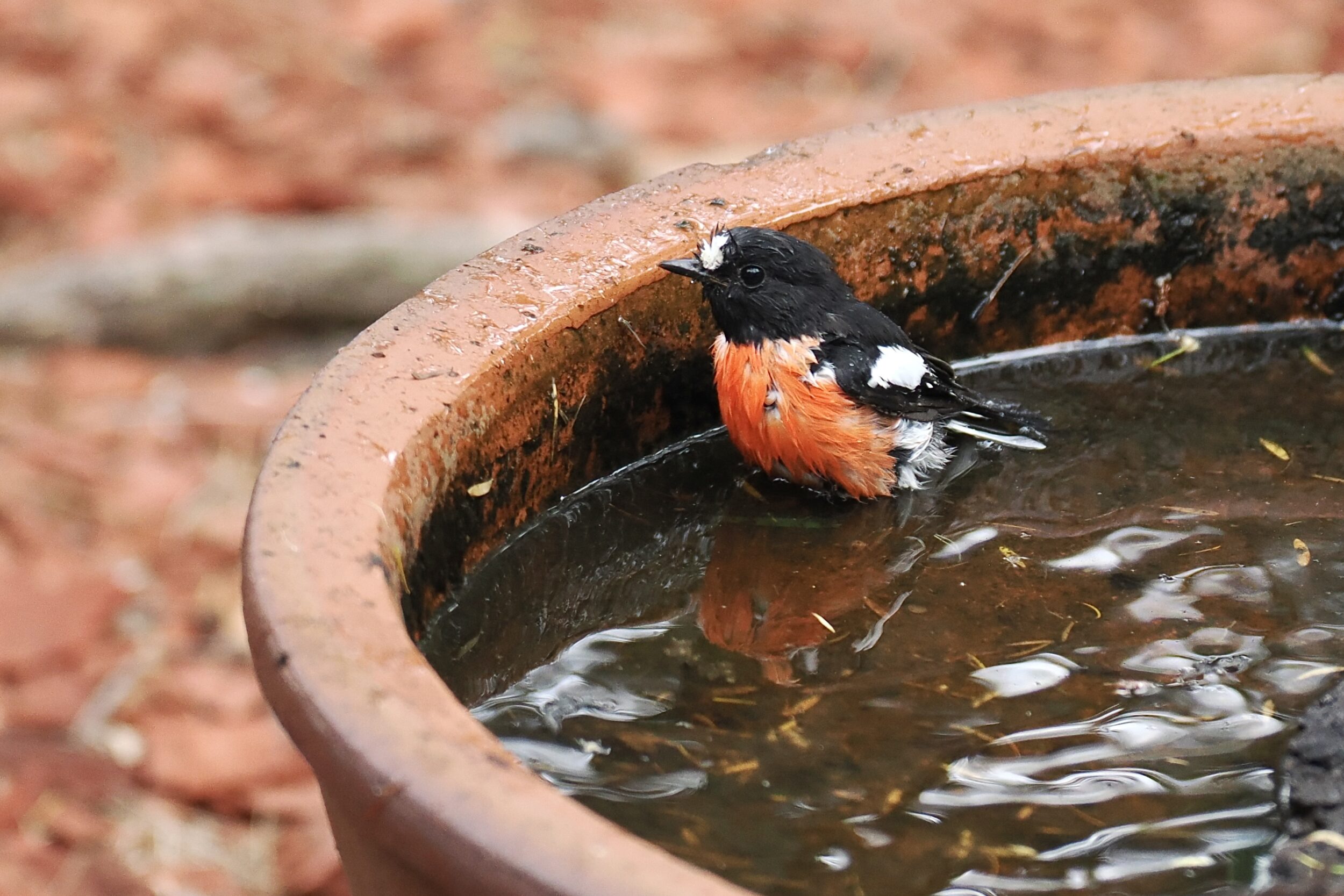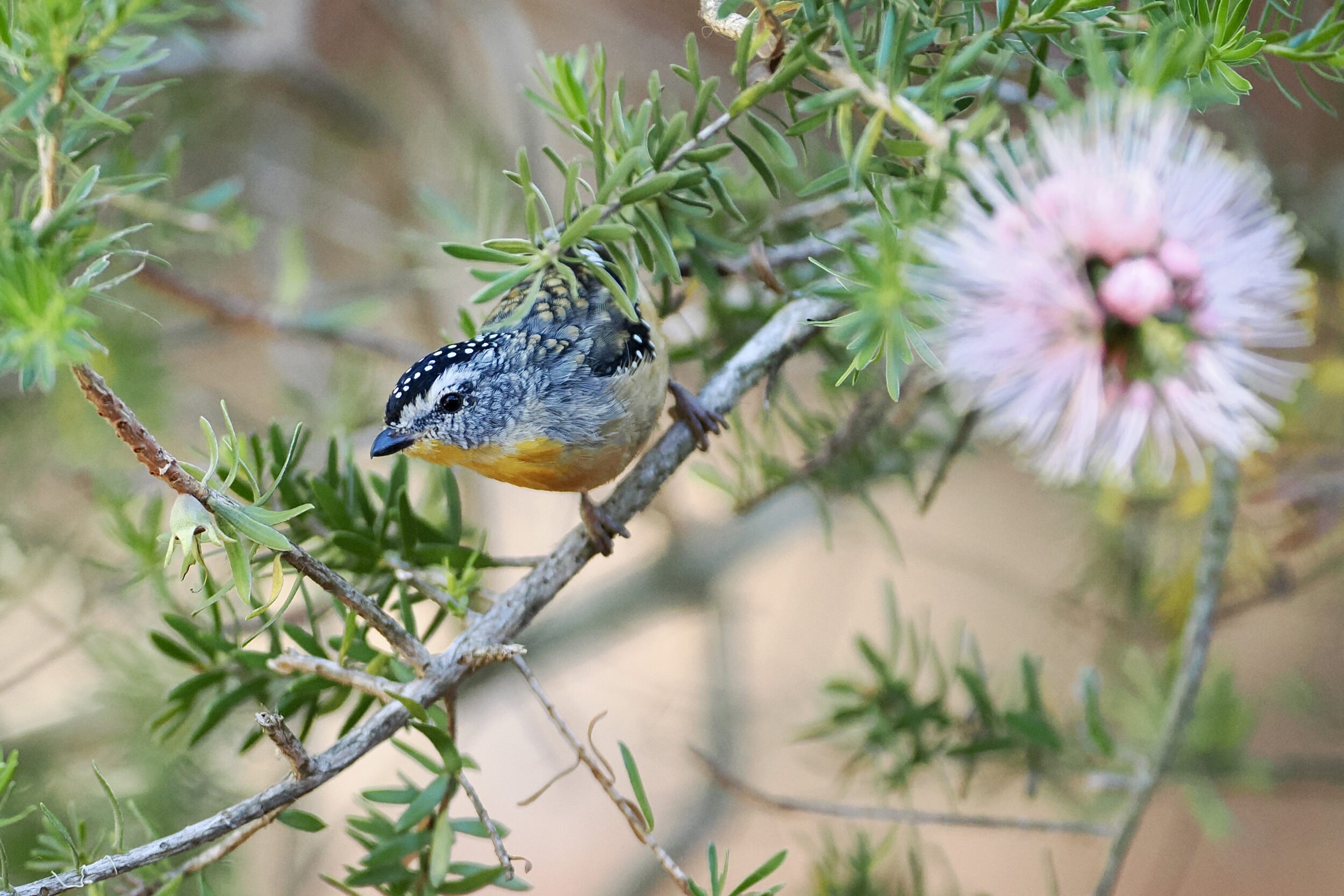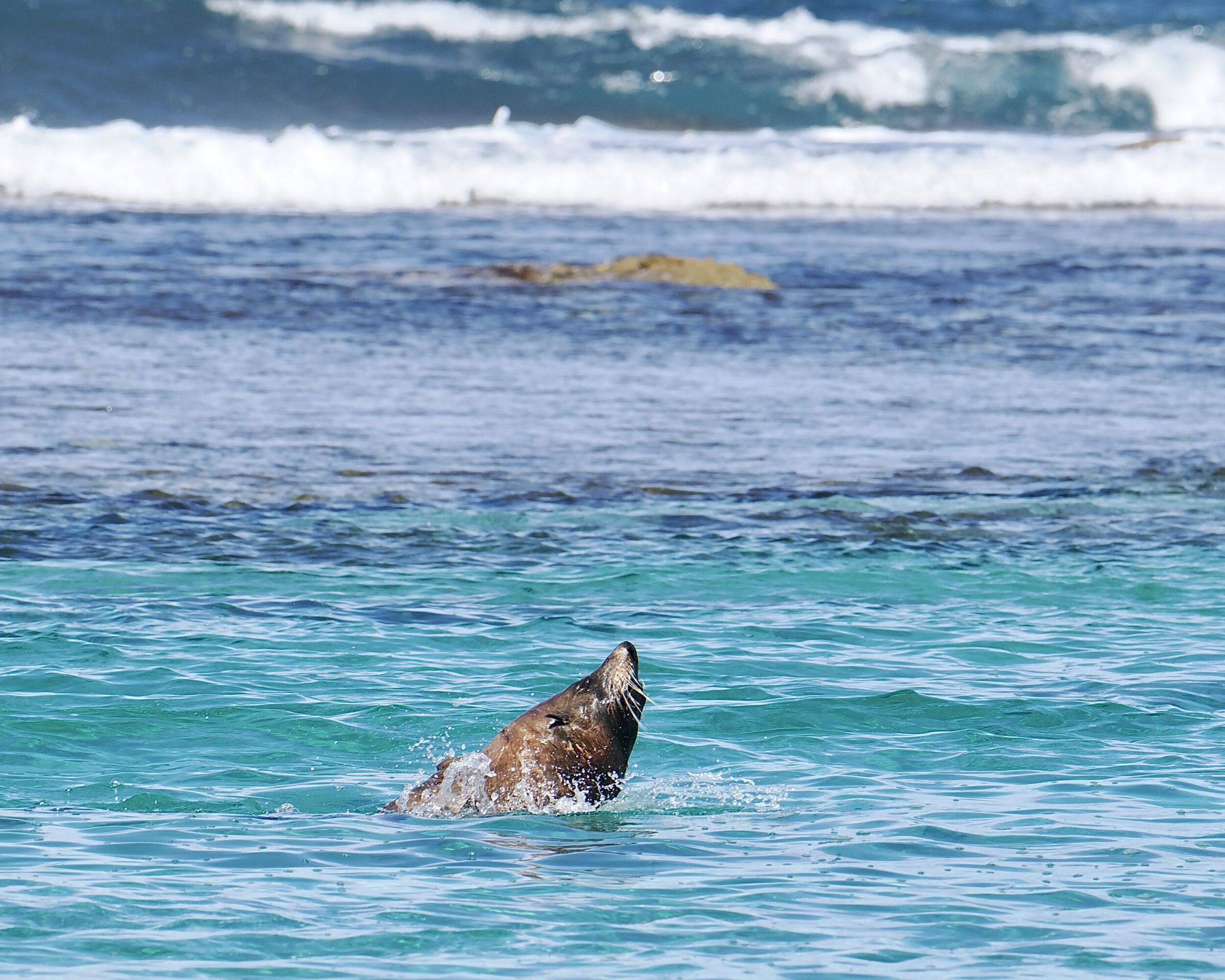A forest floor’s “natural abstracts” often delight me rather more than do some allegedly “iconic” abstract artworks on “important” galleries’ walls.
As is true of all photos in the current series’ “Porongurup” sequence, the photo is ©️ Doug Spencer, & was taken in mid-afternoon of 12 February 2025, on the northern side of Porongurup National Park.
Leave a Comment